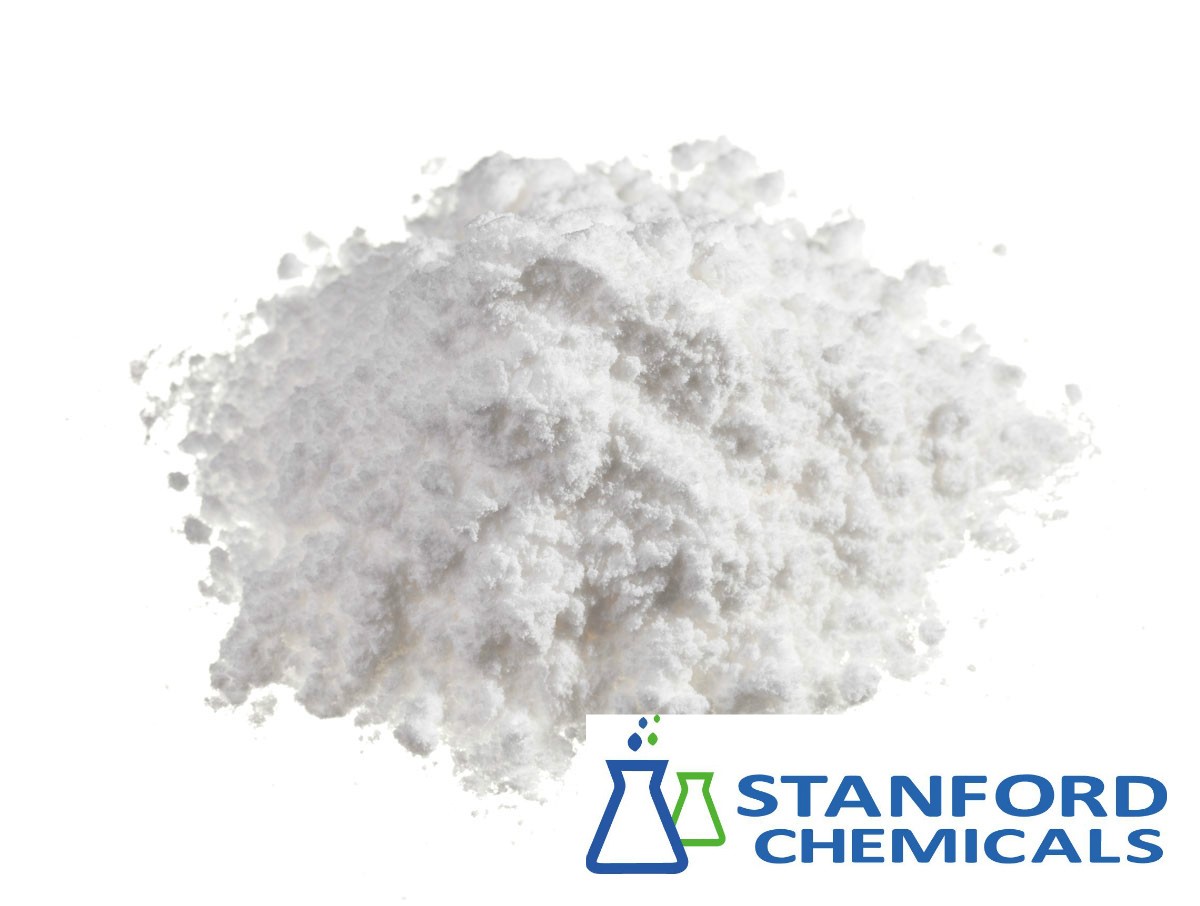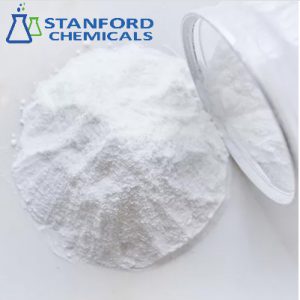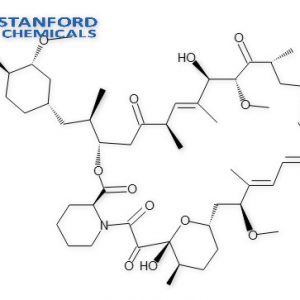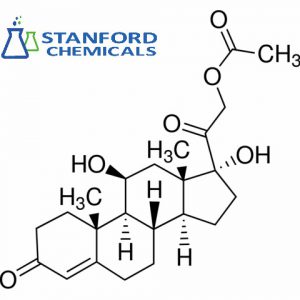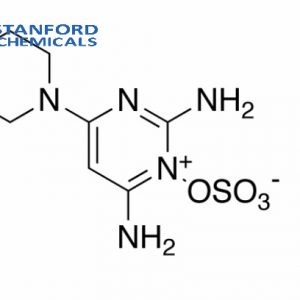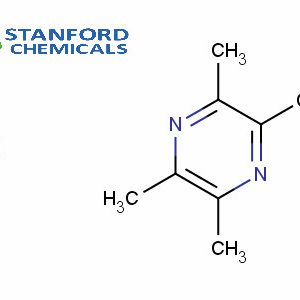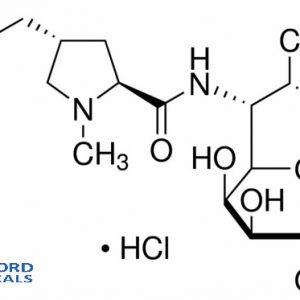- Home
- Pharmaceuticals
- 040-000-510 2,6-dichloropyridine-3-boronic Acid
040-000-510 2,6-dichloropyridine-3-boronic Acid
| Type | Active Pharmaceutical ingredient |
| CAS No. | 148493-34-9 |
| Chemical Formula | C5H4BCL2NO2 |
| Packaging | 1g, 5g, 25g, or customized |
| Assay | ≥95% |
| Related Products | 5-Bromo-2-(dimethylamino)pyrimidine
6-Chloro-3-pyridineboronic acid pinacol ester 2-Chloro-4-pyridinylboronic Acid |
- Description
Description
2,6-dichloropyridine-3-boronic Acid Introduction
2,6-dichloropyridine-3-boronic Acid is a boronic acid derivative and also an organometallic reagent. It can be used to prepare novel dihaloacetylated cypermethrins. It has the advantages of high value and good market prospects.
2,6-dichloropyridine-3-boronic Acid Specification
| CAS No. | 148493-34-9 |
| Chemical Formula | C5H4BCL2NO2 |
| Melting Point | 150℃ |
| Boiling Point | 373.7±52.0℃ |
| Density | 1.56 g/cm3 |
| Packaging | 1g, 5g, 25g, or customized |
| Assay | ≥95% |
2,6-dichloropyridine-3-boronic Acid Applications
1. Organic Synthesis:
As a boronic acid reagent in Suzuki coupling reactions, it is widely used to construct carbon–carbon bonds and synthesize complex organic molecules, especially in pharmaceutical chemistry and materials science.
2. Catalyst Development:
Due to its coordinating ability, 2,6-dichloropyridine-3-boronic acid can be used to synthesize various transition metal complexes. These complexes exhibit excellent catalytic performance in asymmetric catalysis, cross-coupling reactions, and other processes.
3. Materials Science:
Used in the synthesis of functional organic–inorganic hybrid materials, enhancing the thermal stability, mechanical strength, and chemical resistance of materials.
4. Drug Development:
As an intermediate in constructing drug molecules, it participates in the synthesis of complex organic compounds with biological activity.

